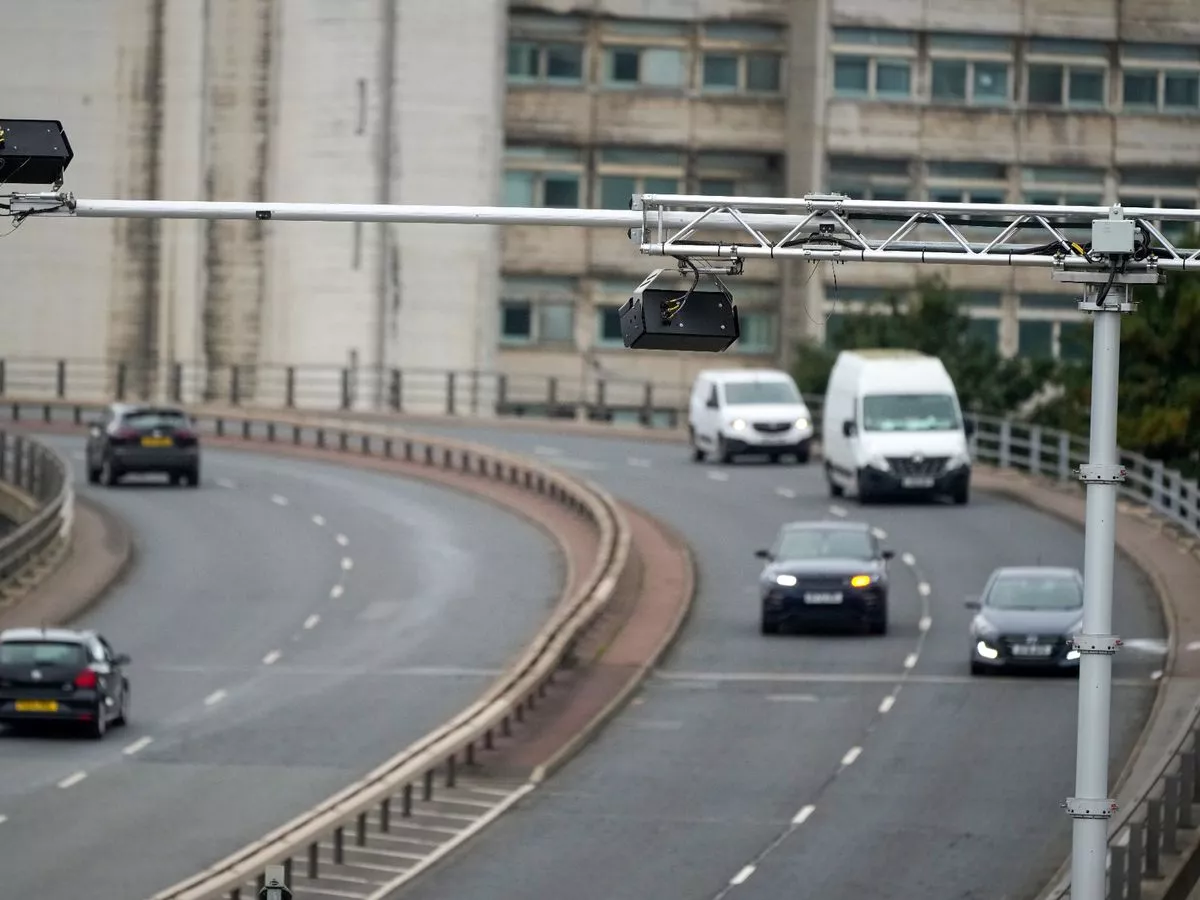By Greta Simpson,Richard Ault
Copyright manchestereveningnews

Oldham had the highest number of road deaths in all of Greater Manchester last year, with a total of eight across the borough. Despite this figure, it recorded just over a quarter of the total number of serious injuries recorded on roads in Manchester: 68 versus 259. Manchester recorded the highest number of casualties in the region with a total of 892. Join the Manchester Evening News WhatsApp group HERE It also registered seven road deaths, a figure equalled by the boroughs of Rochdale and Bolton. New Department for Transport figures show that the total number of deaths on British roads last year was 1,602, down by 1% on 2023. Some 29,467 people were killed or seriously injured, also a 1% fall from 2023, while there were 128,272 casualties in total, a 4% fall. Those figures include 51 fatalities in Greater Manchester: 1,024 people who were killed or seriously injured, and 3,541 casualties overall. In Wigan , there were six fatalities and 115 people who were seriously hurt, and in Bolton , there were seven deaths and another 106 people who suffered a serious injury. Manchester had more than than twice casualties as many as Bolton, which had the next highest number of casualties (410). Zoom in on our interactive map to compare the figures where you live. Nationally, the largest number of fatalities was among drivers and passengers of cars (692), followed by pedestrians (409), and motorcyclists (340). Despite making up the largest proportion of fatalities, deaths among drivers and passengers of cars fell by 5% last year. However, deaths among motorcyclists rose by 8% and pedestrian fatalities increased by 1%. The Royal Society for the Prevention of Accidents (RoSPA) is concerned that “progress on road safety has stalled”. It warns that “vulnerable road users now account for over half of all fatalities, highlighting the need for a new approach to road safety”. The figures reveal vast differences across the nation in the number and severity of injuries caused by road traffic accidents, and the worst-affected areas were generally away from big cities. RoSPA is now urging government and local authorities to prioritise the implementation of proven safety measures in the forthcoming National Road Safety Strategy. Key actions include lower speed limits in high-risk areas, targeted enforcement, investment in safer infrastructure to protect vulnerable road users, and renewed public education campaigns. RoSPA has also called for safety measures such as expanding 20mph zones in residential and school areas. Rebecca Guy, Senior Policy Manager at RoSPA, said: “These figures are a stark reminder that progress on road safety has stalled, and lives are being lost unnecessarily. “It is essential that the upcoming national road safety strategy contains the measures and resources needed to prevent road traffic collisions. “RoSPA’s recent Safer Lives, Stronger Nation report highlights the need for a joined-up, evidence-led approach, including graduated driver licensing for young drivers, lower drink-driving limits, better enforcement, and safer road design. “Road death is preventable, and with evidence-based solutions, we can reverse this decade of stagnation.” Three-quarters of all fatalities last year (76%) and three in five casualties of all severities (61%) were male. Fatalities on the roads were most likely among older men aged between 30 and 49, which accounted for 336 deaths (21% of all fatalities), followed by men aged 50 and 69 (329, or 21%). However, the figures do show that Great Britain is one of the safest countries in the world to drive. Last year there were 24 fatalities for every million people in Great Britain. Only Norway (16), Sweden (20), and Malta (21) had fewer deaths per one million of the population.



